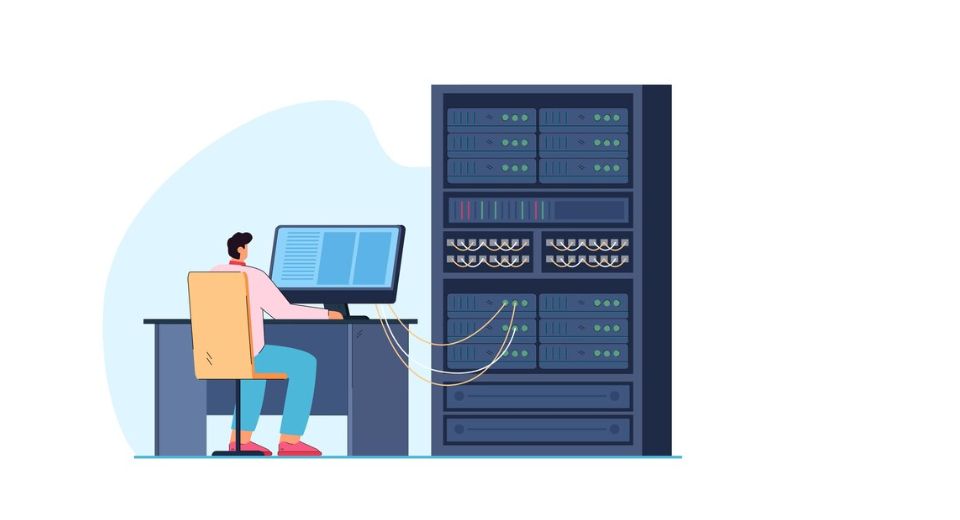
Mar 26, 2025

Metastat Insight published a report on the Global Data Center Transformer market, which focuses on the changes affecting electrical infrastructure within the data center. As digital ecosystems expand, their requirement for power reliability and efficiency intensifies. Transformers must be adapted to high performance as data storage, processing, and transmission have become more complex. High-scale data center operations must essentially employ transformers ensuring their sensitive areas of discontinuity in energy supply, better voltage regulation, and flexibility with respect to the variation of power consumption.
Global Data Center Transformer market is estimated to reach $8,243.83 million in 2025 with a CAGR of 6.3% from 2025 to 2032.
Transformers in datacenters have to meet special customized requirements stemming from fast advancement of technology and increase in global data generation. Efficiency, resilience, and adaptiveness are but the three-pillar foundation upon which these transformers are brought to life. Digital infrastructures nowadays depend entirely on data centers for power management at the core of operations' stability: data centers thus being a backbone of the digital infrastructure. The key role that energy-efficient transformers play is optimizing power use, reducing losses, and ensuring sustainability in high-density computing while integrating into energy-efficient applications all of these factors becoming critical to the proper management of power as a function of operation stability. Having smart transformers onboard is one of the reasons why continuous innovation is being pumped into these areas for more alignment of the power distribution systems today to the modern architectures of data centers.
Flexibility of load and stability is among the key features that contemporary transformers provide in data centers. An overhaul to equipment which offers dependability and adaptability is therefore imperative because of the fluctuation in energy demand borne by the extensive adoption of cloud computing and AI, among other data-heavy applications. Thus, the revolution on transformer design still continues. This makes way for superior insulation systems, endurance from newer high temperature conditions, and state-of-the-art monitoring capabilities toward smooth operations. The increasing trend toward energy sustainability without lessening operational efficiency has driven transformer manufacturers to prioritize the production of low-loss, high-performance transformer units that meet industrial specifications and environmental regulations.
The global market for Data Center Transformers has surged due to an accelerated movement to hyperscale and edge computing. Therefore, with the migration of enterprises to hybrid cloud frameworks and distributed computing models, data centers must now be equipped with transformers capable of handling diverse power requirements efficiently. From the increased demand for power computation due to artificial intelligence-derived workloads or the Internet of Things applications, coupled with big data processing, the requirement for transformer systems that would support continuous and reliable power distribution is magnified.
High-tech materials and technologies have found their way into transformers to accommodate the increased demands of modern data centers. Each of dry-type, liquid-immersed, and cast-resin transformers has its set of unique strengths that differ in environments and applications. Due to increased emphasis on sustainability in corporate strategies, transformer manufacturers today are focused on reducing energy losses and developing environmentally friendly insulating materials that fit well into the sustainability regime. Carbon footprint reduction has generated a fresh stream of development-led approaches in the transformer manufacturing sector to produce transformers that are energy-efficient and environmentally friendly.
Space limitations, cooling efficiency, and regulatory compliance all confront data centers. These factors determine transformer design and specifications and are therefore crucial and important. Versatile dimensions and modular transformer designs are now considered the preferred solutions since they provide flexibility in deployment. IoT-enabled smart transformers, providing real-time insights into performance metrics, help operators optimize energy use, thus preventing possible faults. An ever-increasing push for digitalization within power management systems has also resulted in a growing dependence on AI-based predictive maintenance solutions that ensure uninterrupted operational uptime and resilience.
These changes towards heavy cloud usage and digital communication networks are inducing many changes into the electrical infrastructure of data centers. Enterprises and colocation providers alike are spending on upgrading power distribution schemes to be scalable and secure. While efficiency continues to be a major driver of data-center strategy, transformer manufacturers are innovating products to improve thermal performance, reduce electromagnetic interference, and increase the reliability of power delivery products.
The continued collaboration of industry leaders with research institutions and energy solutions providers will continue to direct developments in this market. Investments in next-generation transformer technologies aim to respond to emerging concerns around energy efficiency and stability of the power grid. The ability to deliver power management in a sustainable manner in support of high-performance computing environments will remain a key driving factor in the evolution of transformer solutions. With increasing need for a resilient energy infrastructure, organizations are prioritizing resilience and sustainability in their choice of transformer systems.
Drop us an email at:
Call us on:
+1 214 613 5758
+91 73850 57479